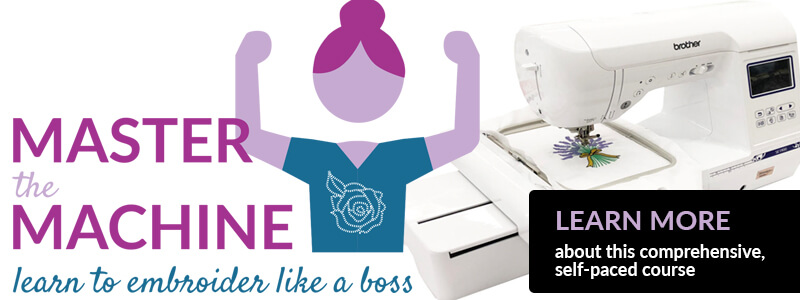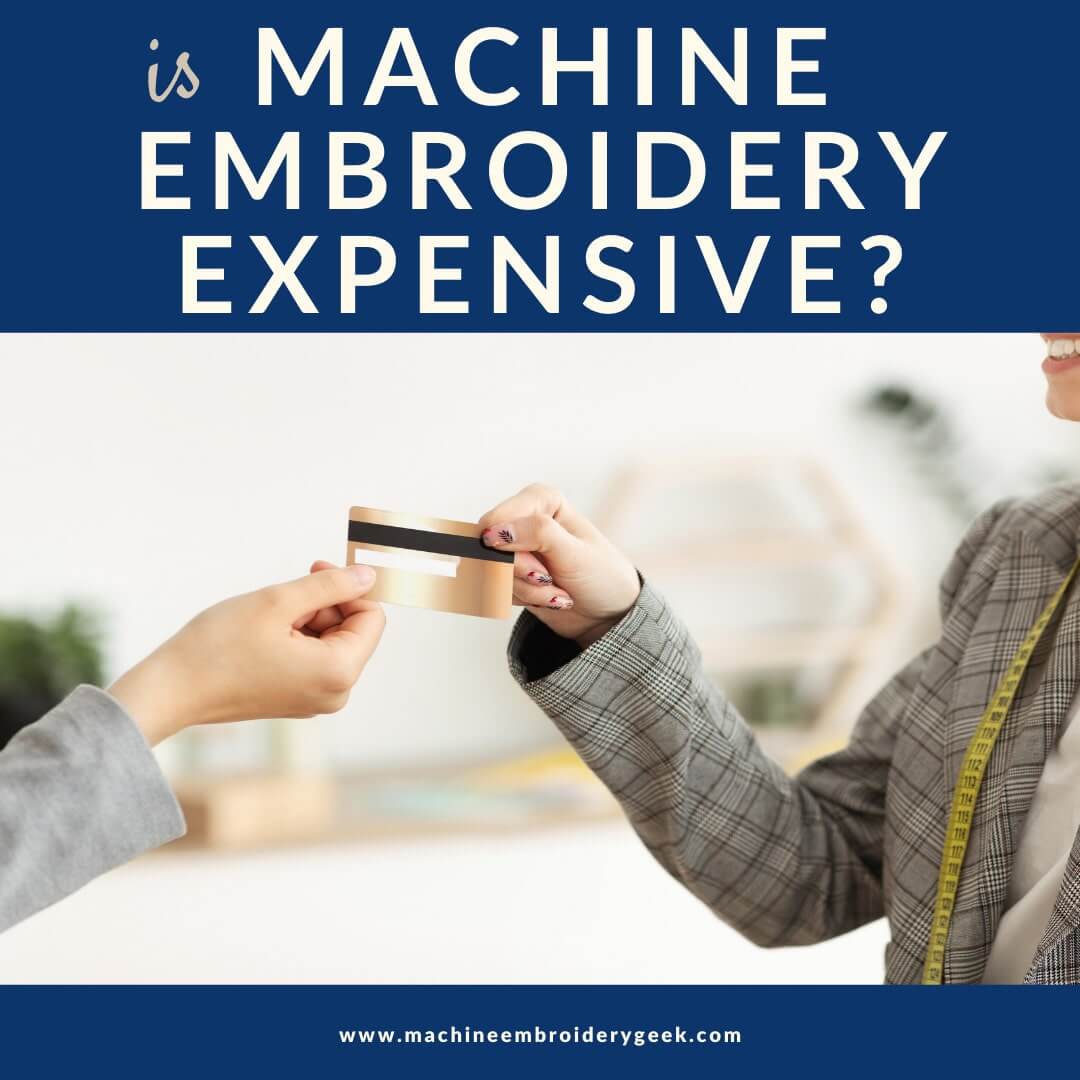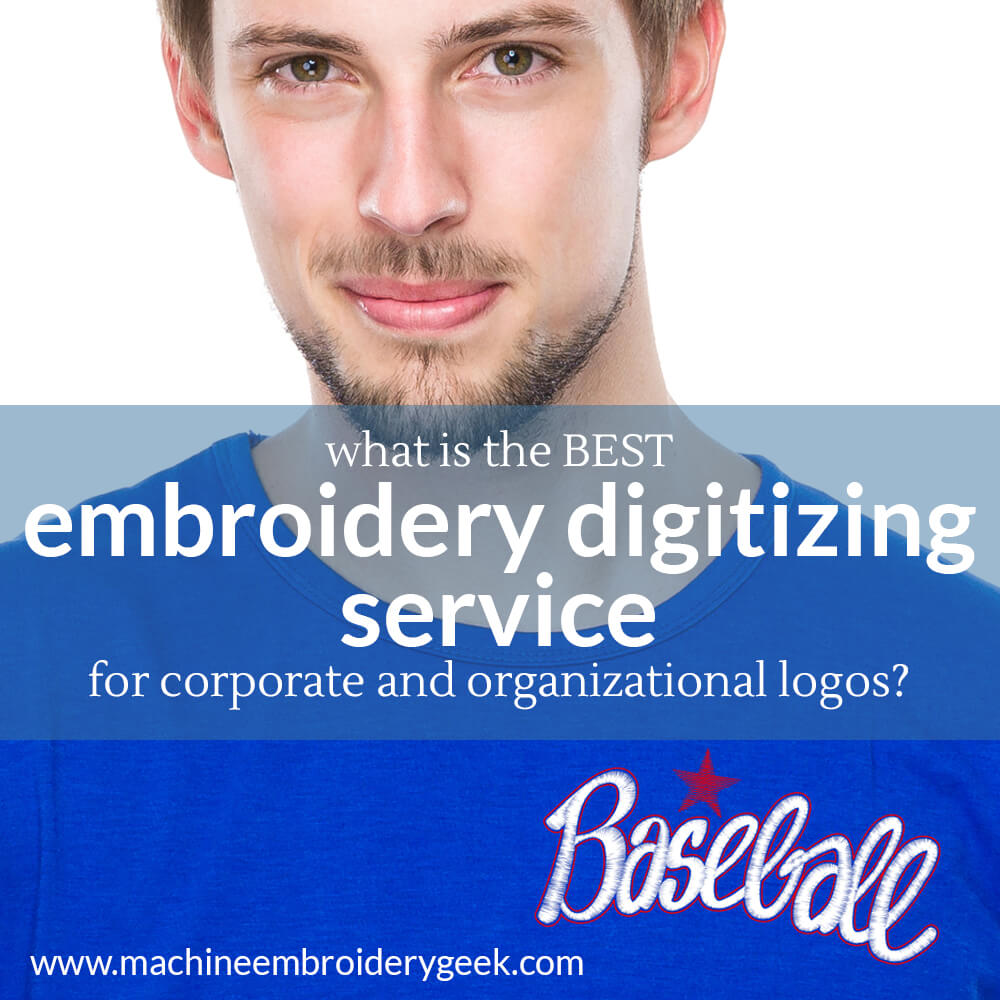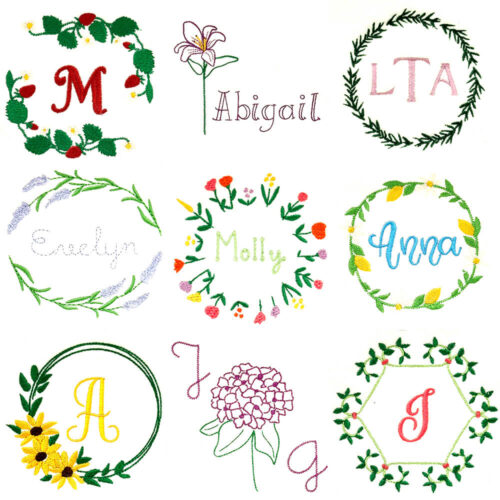How to charge for embroidery
This site contains affiliate links to products. We may receive a commission for purchases made through these links.

So now you have an embroidery machine and you finally know how to use it. You are starting to enjoy making gifts for family and friends. But – wait – (insert record screech here) – does it seem like everyone (and I mean everyone) is starting to come out of the woodwork asking you to monogram something for them? This is a good thing if you are interested in having an embroidery business. But, if you’re new to the business, you may be wondering how to charge for embroidery and can it actually be profitable?
Why you should charge for your embroidery services and embroidered items
While it’s nice to do people a favor, I have enough projects of my own to keep me busy – I don’t need anyone else’s – thank you very much. Just because I love embroidery doesn’t mean I want to spend my entire weekend in the basement monogramming all your towels out of the goodness of my heart.
Seriously – did you really just ask me to do that – for FREE??
Machine embroidery is time consuming
On one occasion I was actually asked to appliqué and embroider 24 baby bibs as a fundraiser for a school my kids didn’t even attend. I politely declined, of course, because it would have taken me all day. The requestor then responded that it couldn’t possibly take me all day. Really? So, how do you know?
Until you do it yourself, you HAVE NO IDEA HOW LONG IT TAKES! (ok, ok, I’ll calm down.)
Machine embroidery supplies can add up
If you really want to take on other people’s projects, you need to charge for your monogramming and embroidery services. Think about all the time and money you have invested into your embroidery machine and learning how to use it.
Plus, you’ve invested in thread, stabilizer, accessories and other machine embroidery supplies to help support your embroidery practice. Your know-how and equipment are extremely valuable.
Maintaining an embroidery machine is expensive
Speaking of value, I just had to replace the display screen on my trusty old Bernina 630 embroidery machine. It cost me over $400. Gulp. And you still want me to embroider your towels for free???? Really?
Ok, rant is over.
Hopefully at this point I’ve convinced you to charge for your embroidery work. (Or maybe this was always your intention when you bought your machine). Nevertheless, you may still be wondering…
How to charge for your embroidery and monogramming services
Figuring out what to charge can be a little tricky because every scenario is so different. Let’s say that a customer supplies the item for you to embroider and all you need to do is add the embroidery.
Before you agree to such an arrangement, you should have a plan in place if something goes wrong. What will you do if you inadvertently make a mistake and destroy their item?
Know the value of the item you are embroidering on and consider if it’s worth taking on that liability before getting started. There is nothing wrong with saying “no.”
If the answer is “yes” then, what you should you charge for the embroidery?
Price for embroidering monograms
Adding a monogram to an item of clothing is fairly straight-forward. Most people charge by size.
| Size of monogram | Typical price to embroider |
| 2″ 3″ 4″ 5″ 6″ 7″ | $6-$9 $9-$12 $12-$15 $15-$18 $18-$21 $21+ |
Price for embroidering names
Like monograms, names are also fairly straightforward to price. However, unlike monograms, names are not all the same length. Monograms are typically three letters, names can be 8+ letters.
In this case, most people who offer this service, set a flat fee for a name (up to 8 characters) then price by the size, tacking on an additional fee for additional letters (greater than 8)
| Size of name | Typical price to embroider |
| 1-2″ | $10-$12 (add $ for names over 8 letters) |
| 2-3″ | $12-$15 (add $1.50 for each letter for names over 8 letters) |
Pricing for embroidering designs
Because embroidery designs can vary tremendously in size and stitch count, many professionals use formulas to figure out how to price stitching out embroidery designs.
- Start with a flat hooping fee
- Determine stitch count of design
- Add an additional fee based on the number of stitches in the design.
What is a hooping fee?
A hooping fee is a charge to cover your time to turn on your sewing room lights, power up your embroidery machine and prepare the item to be embroidered.
Most professionals start with a flat hooping fee anywhere between $5.00 and $8.00, because, as you likely know, it can take at least 5-10 minutes to set up your embroidery machine and get the product on the hoop.
What is a design stitch count?
The stitch count is the number of stitches incorporated in the embroidery design. Your embroidery software and/or your embroidery machine will give you the stitch count of the design you are stitching out.
Typical formulas for calculating embroidery fees
It is quite common for practitioners to charge an extra $1.00 per 1,000 stitches. So, for example if the design has 4,500 stitches, the total charge would be a $5.00 hooping charge + $5 because the design contains between 4,000 and 5,000 stitches (rounding up). So, the total charge would be $10.
Method 1: Pricing embroidery for a 4500 stitch count design
| Hooping charge | $1 fee per 1000 stitches | Total |
| $5.00 | $5.00 (4500/1000 = $4.50 rounded up to $5.00) | $10.00 |
Method 2: Pricing embroidery for a 4500 stitch count design
Depending on what you typically embroider, it might make sense to charge a higher hooping fee and then only charge an additional dollar for each 1,000 stitches over 5,000.
For example, if your hooping fee was $8, the total charge would be $8.00 since the design is under 5,000 stitches.
| Hooping charge | $1 fee per 1000 stitches (over 5000 stitches) | Total |
| $8.00 | $0.00 | $8.00 |
Why would you want to use the second method? What if you typically are asked to embroider a lot of polos with corporate logos and the logos are usually a very low stitch count (about 1000 stitches).
In this case, I would definitely used method 2 to price my embroidery work since I would be getting $8.00 for shirt instead of $5 + $1 = $6 (using the formula outlined in method 1).
You may notice that using either of these methods, high stitch count designs can get VERY expensive. I’ve seen many posts in my embroidery groups where people are perplexed about what to charge for very high stitch count designs.
Personally, I would probably stick with the formula since a higher stitch count means more wear and tear on the machine.
But, you could consider lowering additional charges as the stitch count rises. For example, you could charge $1.25 per 1,000 stitches for the first 10,000, and .75 per 1,000 for anything over the initial 10,000 stitches.
Difficult to embroider items should affect what you charge
You may notice that the fees quoted don’t consider the item that you would be embroidering. Personally, I would much rather stitch out a monogram on a shirt than a pair of sneakers. It’s just harder to hold them in place.
Consider adding a higher hooping fee for “challenging to embroidery items.”
Pricing appliqué services
You should also build in a flat fee for stitching out appliqué designs. Appliqué work requires trimming, and is more labor intensive, therefore, you could charge an additional $5 for an appliqué design plus an extra $1 for each additional appliqué layer.
This may sound like a lot, but keep in mind that appliqué designs tend to be lower stitch count then embroidery files.
Example embroidery pricing formula with appliqué design
| Hooping charge | $1 fee per 1000 stitches (over 5000 stitches) | Appliqué fee | Total |
| $8.00 | $0.00 | $5.00 | $13.00 |
Offering price breaks on embroidery services
Another factor you may want to consider is offering a price break for multiple items. If you are stitching out the same design over and over again, you don’t have to change thread colors, hoops, etc.
In this case, it might make sense to lower the price a bit. For example, you could offer a 10% discount on like quantities of 10 or more. Or, you can reduce the hooping fee for items over a certain amount.
How to price embroidery items
Instead of just offering embroidery services, you can also sell embroidered items. The way you would go about it is to start by picking out some embroidery blanks that you think your customers might like. Then, sell the customer the item with the embroidery on it.
There are many embroidery blanks suppliers that cater to embroidery businesses. In fact, you may start to notice some of their products in the cute little pricey boutiques in your town that sell embroidered items.
You could make a digital catalog of their items that you can get and offer them to your customers with names, monograms or even embroidery designs.
Another way to approach offering embroidered items to your customers is to order samples of blanks. Then stitch out a name or a monogram on it and photograph it to use as your product photo. (And if you are really crafty – use this sample as a gift for someone).
To price embroidered items, you will definitely want to mark up the price of the blank at least 20%. Then use the formulas to calculate the embroidery cost to come up with a price.
When pricing embroidered items, I would also nose around and see what other people are charging for similar embroidered items and make sure your prices are in line with the going rate.
Additional embroidery fees to pass onto your customers
Don’t forget to pass on the fee for a custom embroidery design or digitizing to the customer who has requested it. Embroidery designs will be anywhere from $1 – $10 which can add significantly to your costs.
Custom digitizing is also a fee your customer should cover. Once you start an embroidery business, you will want to have a reliable digitizing service to contact when you get a request for a custom design.
My friend, Ellie, was only 2 months into the launch of her embroidery business before she was asked to embroider a custom design which is when she found her go-to digitizer.
If you charge like a business, act like a business
Getting paid to do embroidery or appliqué can be fun and profitable and prevents you from feeling like you are getting taken advantage of. But make sure you charge for your embroidery services appropriately.
Remember, you are using your equipment and not merely thread, stabilizer and your time. Equipment eventually wears out and is expensive to fix.
Never try to compete with poorly done sweat shop pricing. Choose a pricing model that makes sense for the types of projects you expect to do and stick with it.
Then, live up to your end of the bargain. Deliver good quality work on time and in budget. Just doing what you say you were going to do will earn you fans and repeat customers.
Once you become more established, you will develop a customer base that can afford to pay your prices without asking you to discount everything. If a customer tries to talk you down on price, they are not worth working with. By doing so, they are communicating to you that they do not value your time or your work, and they are not worth the headache.
Still confused? Check out this course on how to charge for your sewing and embroidery work, and get all your questions answered before your launching your embroidery business.
So now get out there, stitch your heart out for anyone you want, but just make sure you get paid!
Happy stitching!
Julie
Want to remember this? Post “What to Charge for Embroidery” on your favorite Pinterest board!




















The hooping fee you mentioned. Is that $5/item or a flat $5 and then additional $1/ 100 stitches afterwards? For instance, If I monogram 50 towels, would there be a $5 fee per towel?
Yes – exactly. Each time you hoop – you should charge a hooping fee.
I have a special order in which the designs are pretty high count for kitchen towels should I still follow the $1/1,000? These designs are in the 20K stitch count and there are 6 sets.
I would!!!
This is really fantastic information. Thanks so much!